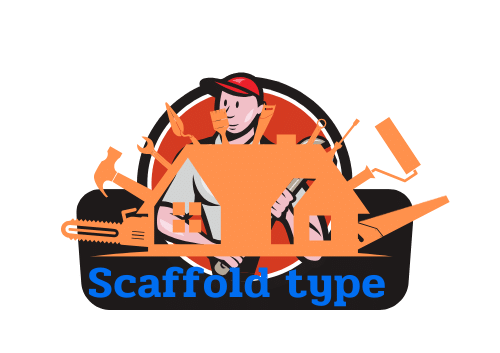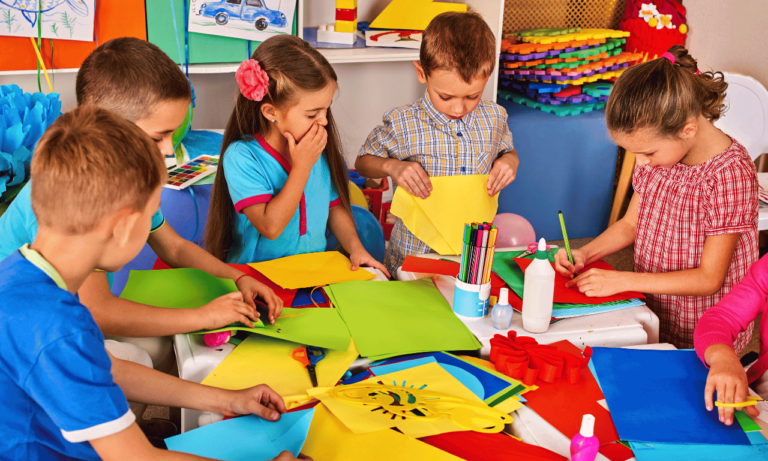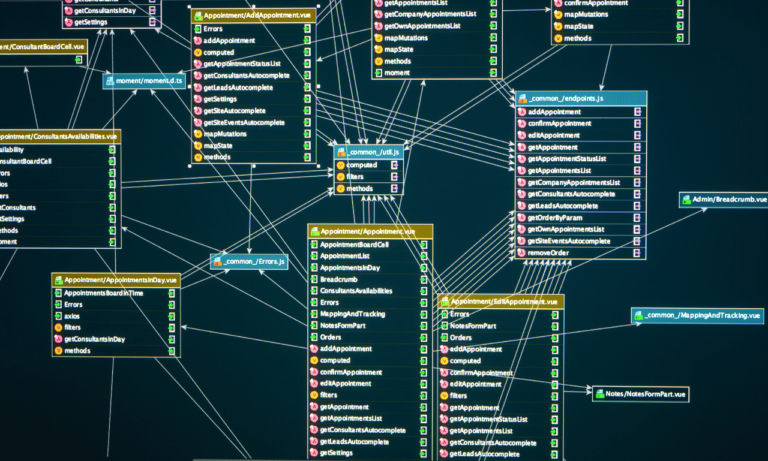Phone:
(+65)8319-0742
In education, scaffolding instruction is changing the game. It helps students reach their full potential by offering the right support. This method is based on Lev Vygotsky’s idea of the Zone of Proximal Development (ZPD). This is where learning happens best with the right amount of help.
Picture a classroom where every student is confident and ready for new challenges. That’s what scaffolding instruction can do. It breaks down hard tasks, shows how to think it through, and uses pictures to help. This creates a place where students grow and become more independent. As they get better, they start to do things on their own.
Scaffolding is very flexible. It works for anything from math problems to writing essays. Teachers use what students already know, adjust the pace, and give real examples. This makes learning fun and helps students connect new ideas to what they already understand.
Key Takeaways
- Scaffolding instruction is a powerful approach that provides tailored support to learners based on their needs.
- The Zone of Proximal Development (ZPD) is a key concept in scaffolding, representing the optimal learning zone where students thrive with guidance.
- Scaffolding strategies include breaking down complex tasks, modeling thought processes, using visual aids, and building on prior knowledge.
- Scaffolding empowers students to become confident and independent learners, fostering a love for learning.
- Educators can adapt scaffolding techniques to meet the unique needs of each student, creating a supportive and engaging learning environment.
Understanding the Basics of Scaffolding Instruction
Scaffolding instruction helps learners by giving them the support they need to learn new things. It uses the gradual release model, where teachers help a lot at first and then help less as students get better. This method breaks hard tasks into easy steps and adjusts teaching to fit each student’s needs.
What is Scaffolding Instruction?
Scaffolding means giving learners temporary help to make learning easier and help them master tasks. Teachers start by explaining things clearly and showing examples. Then, as students get more confident, they do things on their own.
This method is useful for all kinds of learning and helps students of all levels, even those with learning challenges. It makes learning less confusing by breaking it into smaller parts. When students feel supported, they learn better and think more positively about learning.
“Scaffolding is not a one-size-fits-all approach; it requires careful planning and differentiation to meet the unique needs of each learner.”
The Zone of Proximal Development and Its Role in Scaffolding
The Zone of Proximal Development (ZPD) is a key idea from psychologist Lev Vygotsky. It’s the gap between what a student can do alone and what they can do with help. Teachers use scaffolding to help students cross this gap and learn more.
Teachers need to find the right balance when scaffolding. They must know how much help each student needs to grow without giving too much or too little. This is key to differentiated instruction, where teaching is tailored to each student’s needs.
By using scaffolding and understanding the ZPD, teachers can make learning a place where students grow, take risks, and feel proud of their progress. As students learn and get more confident, they can handle harder challenges, both in and out of class.
Key Strategies for Effective Scaffolding
To make learning rich and meaningful, teachers should use scaffolding techniques that help students understand tough topics and gain important skills. By simplifying tasks, showing how to solve problems, and using pictures, teachers guide students towards mastering new skills and becoming independent.
Breaking Down Complex Tasks
Breaking down hard tasks into smaller steps is key in cognitive apprenticeship. Teachers give clear instructions and goals for each step. This helps students tackle tough material without feeling too much pressure. It lets them learn one thing at a time, growing their knowledge and confidence slowly.
Modeling and Think-Alouds
Modeling is a strong way to scaffold learning. Teachers show how to solve problems and think out loud. This shows students the thought process behind each decision. It helps them learn to think like experts and do things on their own later.
Using Visual Aids and Real-life Examples
Visual tools like charts and diagrams make hard ideas easier to grasp. They help students see patterns and important points clearly. Using real-life examples also makes learning more interesting and relevant, helping students understand better.
Adjusting Pace and Building on Prior Knowledge
Good scaffolding means teachers pay attention to what students need and adjust teaching speed. They give students enough time to absorb new info and practice skills. Starting with what students already know helps them connect new info to what they already understand, making learning stick better.
“Scaffolding is the process of temporarily providing support for students as they learn new content and skills. The support is gradually taken away as students build independence.”
Using these strategies, teachers can make learning supportive and fun. This helps students grow and become confident, self-motivated learners.
Scaffolding Instruction Definition
Scaffolding in teaching is a powerful way to help students learn hard concepts and new skills. It was first introduced by Jerome Bruner in the late 1950s. This method is known for making learning fun and engaging for students in different settings.
The main goal of scaffolding is to help students feel less frustrated and less likely to fail, especially when learning a new language. Teachers break down tough tasks into smaller steps and offer support. This helps students reach goals they couldn’t do on their own.
Teachers use many strategies for scaffolding, like showing how to think through problems, speaking more slowly, and explaining new words. They also use visual aids, wait for questions, and encourage students to work together.
Scaffolding is important for all English language learners, especially in the early stages. Teachers use strategies like building vocabulary, making sentences, and working together. This helps students get better at speaking and writing.
Scaffolding helps EAL learners move from needing a lot of help to doing things on their own. They can then take on harder tasks while still feeling supported.
As students get better, teachers slowly remove the support. This lets students learn to manage tasks by themselves. This step is key to scaffolding’s success, making sure students are challenged but can do things on their own.
By using scaffolding, teachers create a supportive classroom that helps students reach their goals. Researchers like Vygotsky and Bruner show how important scaffolding is for learning a new language and doing well in school.
The idea of scaffolding is to adapt to each student’s needs. Teachers offer support and then gradually let students take more responsibility. This approach builds confidence, thinking skills, and independence in students. It’s a proven method that helps students face challenges with confidence and enthusiasm.
Implementing Scaffolding in the Classroom
Using scaffolding in the classroom helps students tackle tough learning tasks and gain new skills. Teachers can make learning easier by adding scaffolding to the lesson plans. This creates a supportive space where students can grow and become more independent. Let’s look at how to use scaffolding in teaching.
Scaffolding Over Time
Good scaffolding means slowly giving students more control over their learning. Teachers use different strategies to meet students at their level. Alibali (2006) says this helps students feel confident and in charge of their learning. The ‘I Do, We Do, You Do’ method shows how teachers gradually give students more responsibility.
| Stage | Teacher Responsibility | Student Responsibility |
|---|---|---|
| I Do | 90% | 10% |
| We Do | 60% | 40% |
| You Do | 10% | 90% |
Scaffolding Large Assignments and Exams
Big assignments or exams can be scary for students. Scaffolding helps break them down into smaller parts. Teachers offer resources, examples, and feedback at each step. This ensures students get the help they need to do well.
Using formative assessments and review sessions also scaffolds learning. They help students check their understanding and see where they need to improve.
Scaffolding is not a single tool, but rather a collection of instructional techniques that allow students to move toward stronger understanding and ultimately greater independence in the learning process. – Hogan and Pressley (1997)
Addressing Challenging Concepts
Scaffolding is great for teaching hard topics. Teachers use what students already know to make learning easier. Chunking information, using multi-media support, and providing vocabulary cards are all effective strategies for complex topics.
Group work and collaboration also help students learn from each other. These skills are key for independent and teamwork in learning.
When teaching with scaffolding, it’s important to watch how students are doing and adjust as needed. Offering different scaffolds and a supportive environment lets students take risks and learn. With the right techniques, every student can reach their full potential and become confident learners.
Benefits of Scaffolding Instruction
Scaffolding instruction helps learners a lot and makes students do better. It breaks hard tasks into easy steps and gives support. This makes students less frustrated and more motivated.
It also helps students understand tough topics better. Plus, it helps them learn how to manage their learning on their own.
Studies show that scaffolding helps students stay in school when they face hard content. It makes them want to learn more on their own. It also makes them take charge of their learning.
Teachers use scaffolding to make students talk more and solve problems together. This helps students and teachers communicate better.
Scaffolding makes learning a safe place for students to share their thoughts. Teachers use scaffolding in different ways for students at all levels. This helps students at any grade level, even high school, get the help they need.
Scaffolding is not just about giving help. It’s about adapting to what students need as they get better. As students become more confident, they start to do things on their own.
Scaffolding does more than just help with schoolwork. It makes learning supportive and helps students grow personally. Instructional scaffolding helps students face challenges and think positively. This prepares them for success in school and beyond.
- Scaffolding is great for teaching new tasks or strategies with many steps
- Teachers should use scaffolding in their teaching
- Students with learning disabilities need scaffolding to stay engaged
- Teachers should watch students closely to make sure they understand
Scaffolding isn’t just for the classroom. It’s used in online learning, project-based learning, and even in building, where formwork scaffolding helps workers safely do their jobs. Just like scaffolding in building helps workers reach high places, instructional scaffolding helps learners get the knowledge and skills they need.
| Scaffolding Benefit | Impact on Student Success |
|---|---|
| Breaking down complex tasks | Reduces frustration and increases motivation |
| Providing targeted support | Helps students understand hard topics better |
| Promoting self-regulated learning | Helps students take charge of their learning |
| Encouraging active participation | Makes students talk more and work together |
In conclusion, scaffolding in teaching has many benefits for students and their learning. It gives students a supportive way to learn and grow. By using scaffolding, teachers help students overcome challenges, understand complex topics deeply, and take control of their learning. As teachers use scaffolding more, they help students succeed in a changing world.
Conclusion
Scaffolding instruction changes how we teach, making learning easier and more effective. It gives students the support they need to do their best. By using smart teaching methods, teachers can make learning focused on the student. This approach helps students grow, become more independent, and do well in school.
Like modular system scaffolding helps in different industries, scaffolding in education offers a flexible way to support each student’s needs. As students learn, they get better at solving problems and understanding complex ideas.
This method also makes learning more engaging and helps students work together better. It creates a positive place for students to learn, reducing stress and negative thoughts when they face hard tasks.
In summary, scaffolding is a key teaching method that all educators should use. It helps students become lifelong learners, ready to make a difference. As we keep improving scaffolding, we can help every student reach their goals and succeed in school and life.
FAQ
What is scaffolding instruction?
Scaffolding instruction is a way teachers help students learn new things. They give support and guidance, then slowly take it away as students get better. It makes hard tasks easier by breaking them into smaller steps and giving clear instructions and examples.
How does the Zone of Proximal Development relate to scaffolding?
The Zone of Proximal Development (ZPD) is important for scaffolding. It’s the area where students can learn with the right support. Teachers use the ZPD to help students use what they already know to learn more, with guidance to do it on their own.
What are some effective scaffolding strategies?
Good scaffolding strategies include making hard tasks simpler, giving clear instructions, and showing how to solve problems. Using pictures and real-life examples helps too. Teachers also adjust how fast they teach and build on what students already know.
What is the definition of scaffolding instruction?
Scaffolding instruction means teaching with temporary support to help students learn. This support gets less as students get better at doing things on their own. The goal is to help students learn to manage their learning and get better at it.
How can scaffolding be implemented in the classroom?
To use scaffolding in class, plan carefully and add support throughout the course. Break big tasks into smaller steps, give resources and feedback, and have review sessions. Use multimedia and group work to help students.
What are the benefits of scaffolding instruction?
Scaffolding has many benefits for students. It makes hard tasks easier and less frustrating, helping students stay motivated. It also helps students learn to manage their learning, gain confidence, and master new ideas better.

Protection Scaffolding: Ensuring Site Safety
Safety is of paramount importance when working at height, and proper protection scaffolding is crucial…

Curriculum Scaffolding Techniques for Educators
Enhancing the educational experience for students involves a delicate balance of effective teaching methods,…

Aluminum vs Tube Couplers: Secure pros and cons
Choosing the right material for tube coupling is key in many industries. The comparison of aluminum vs…

Essential Scaffold User Training Components
Scaffold user training is key to keeping workers safe and following the law in construction. Good training…

OSHA Standards: Sources and Exceptions
The Occupational Safety and Health Administration (OSHA) works to make sure workplaces are safe for everyone….
No posts found



















